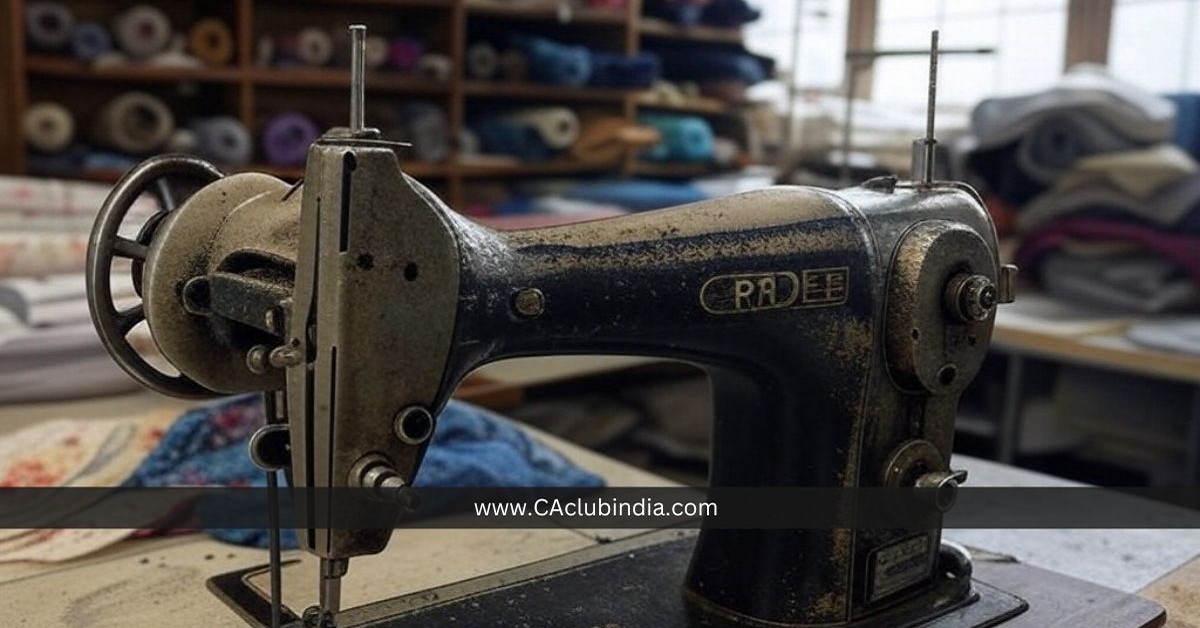In a landmark meeting, the Clothing Manufacturers Association of India (CMAI), along with 14 prominent garment trade associations across India, joined forces under the banner of "One Industry, One Voice" to address pressing challenges facing the garment sector.
The associations unanimously resolved to urge the Group of Ministers (GoM) to abandon its proposal to revise GST rates in the garment sector and retain the current structure of 5% and 12%.

Unified Opposition to GST Rate Revision
The primary focus of the meeting was the proposed GST rate revision, which the associations warned could destabilize the sector. Key concerns included:
- Disruptions in manufacturing.
- Pricing instability leading to weakened consumer demand.
- Increased reliance on informal channels, particularly for festive and wedding apparel segments.
- Potential job losses in a sector employing 39 million people, including 16 million in domestic production.
The associations stressed that retaining the existing GST rates is vital to ensuring affordability and maintaining stability in the industry.
Five Policy Recommendations for Sustainable Growth
The historic meeting also resulted in the development of five key policy recommendations aimed at fostering growth and stability in the garment sector:
- Introduction of a Sector-Specific PLI Scheme: The associations proposed a Production Linked Incentive (PLI) scheme tailored to the garment sector. The existing PLI framework, designed for the textile industry, does not align with the investment capacities and operational scale of garment manufacturers. A dedicated PLI scheme would encourage broader participation and growth in the sector.
- Protecting MSMEs in Insolvency Proceedings: To safeguard Micro, Small, and Medium Enterprises (MSMEs), the associations recommended classifying MSMEs as secured creditors during insolvency proceedings. This measure would ensure fair compensation in bankruptcy cases, boosting confidence and promoting trade.
- Rectifying Section 43B(h) of the Income Tax Act: The associations called for eliminating or amending Section 43B(h), which currently disadvantages smaller manufacturers by incentivizing large buyers to source from bigger companies. A revised framework could level the playing field and support MSME growth.
- Interest Subsidy for the Domestic Garment Sector: Unlike the export sector, the domestic garment industry does not benefit from interest subsidies. The associations recommended introducing targeted subsidies to address unique challenges and unlock growth potential.
- Abandoning GST Rate Revisions: The associations reiterated their opposition to modifying the GST structure, emphasizing its detrimental impact on manufacturing, affordability, and employment.
CMAI's Leadership and Vision
CMAI President stated, "We are proud to have united under the Group of Associations to present a unified voice for the garment sector. Our comprehensive recommendations on GST, rising input costs, and policy reforms are essential for the sector's long-term growth and sustainability."
CMAI Chief Mentor echoed similar sentiments, noting, "Supportive policies are critical to unlocking the sector's full potential and translating positive consumer trends into tangible growth."
The Apparel Industry: A Pillar of the Indian Economy
Valued at Rs 5.4 lakh crore, the Indian apparel industry is a cornerstone of the economy, providing employment to millions and contributing significantly to GDP. Despite its resilience, the sector faces challenges that could hinder growth without targeted policy interventions.
With the government's support and the implementation of these recommendations, the apparel industry has the potential to unlock new opportunities, ensure sustainability, and drive India's economic progress.







 CAclubindia
CAclubindia

